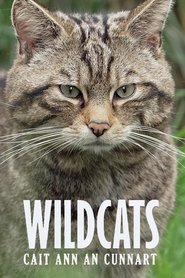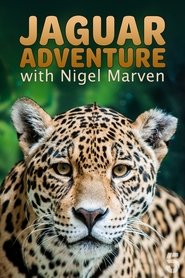

Trials of Life - Season 1 Episode 8 Fighting
Season - Episode
-
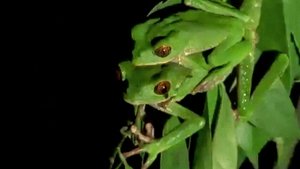 1 - 1Arriving Oct 04, 1990
1 - 1Arriving Oct 04, 1990 -
 1 - 2Growing Up Oct 11, 1990
1 - 2Growing Up Oct 11, 1990 -
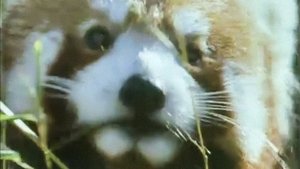 1 - 3Finding Food Oct 18, 1990
1 - 3Finding Food Oct 18, 1990 -
 1 - 4Hunting and Escaping Oct 25, 1990
1 - 4Hunting and Escaping Oct 25, 1990 -
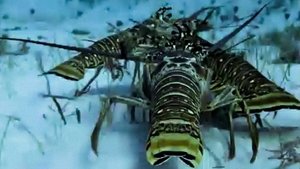 1 - 5Finding the Way Nov 01, 1990
1 - 5Finding the Way Nov 01, 1990 -
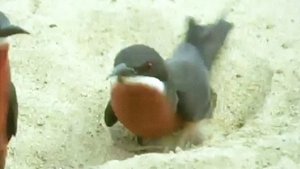 1 - 6Home Making Nov 08, 1990
1 - 6Home Making Nov 08, 1990 -
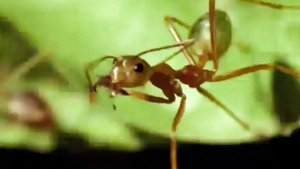 1 - 7Living Together Nov 15, 1990
1 - 7Living Together Nov 15, 1990 -
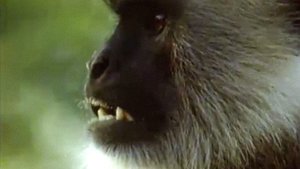 1 - 8Fighting Nov 22, 1990
1 - 8Fighting Nov 22, 1990 -
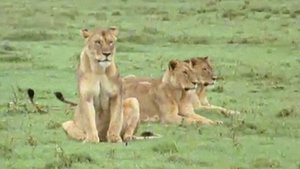 1 - 9Friends and Rivals Nov 29, 1990
1 - 9Friends and Rivals Nov 29, 1990 -
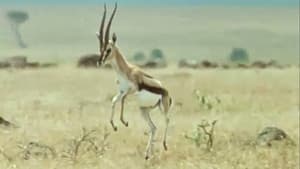 1 - 10Talking to Strangers Dec 06, 1990
1 - 10Talking to Strangers Dec 06, 1990 -
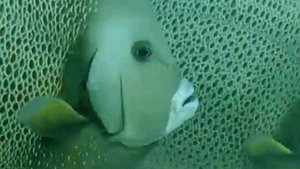 1 - 11Courting Dec 13, 1990
1 - 11Courting Dec 13, 1990 -
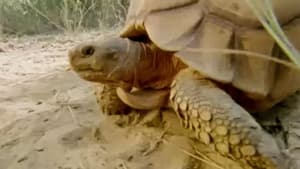 1 - 12Continuing the Line Dec 20, 1990
1 - 12Continuing the Line Dec 20, 1990
-
 0 - 1The Making Of The Trials Of Life Jan 01, 1970
0 - 1The Making Of The Trials Of Life Jan 01, 1970
Overview
This programme details how fighting - both physical and psychological - is used for food, land or to gain a mate. Territorial conflict is demonstrated by the hummingbird, and Attenborough illustrates its aggressiveness by placing a stuffed specimen nearby, only to have it speared by its opponent's bill. The midas cichlid on the other hand, has no weapons to speak of, and so uses its mouth to hold on for trials of strength. By contrast, the forelegs of a mantis shrimp are powerful enough to crack the shell of another crustacean: therefore disputes or courtship are fraught with danger. Animals that possess lethal food-gathering weapons usually don't use them against one another, as neither side wishes to risk death. For example, one venomous snake will aim to floor the other, rather than bite. Wolves and big cats largely use snarls and body posture to convey their threat. There are no holds barred between rival zebras: kicking and biting is employed until a victor emerges, whereas giraffes slam their necks against each other. Normally peacable mountain gorillas are shown squabbling when play gets out of hand, and one of them communicates real fright by urinating uncontrollably. Large herbivores that have horns or antlers are naturally inclined to use them to assert their dominance over the females in a herd. Duelling male ibex and Alaskan bull moose undergo some of the most ferocious engagements - sometimes to the death.






